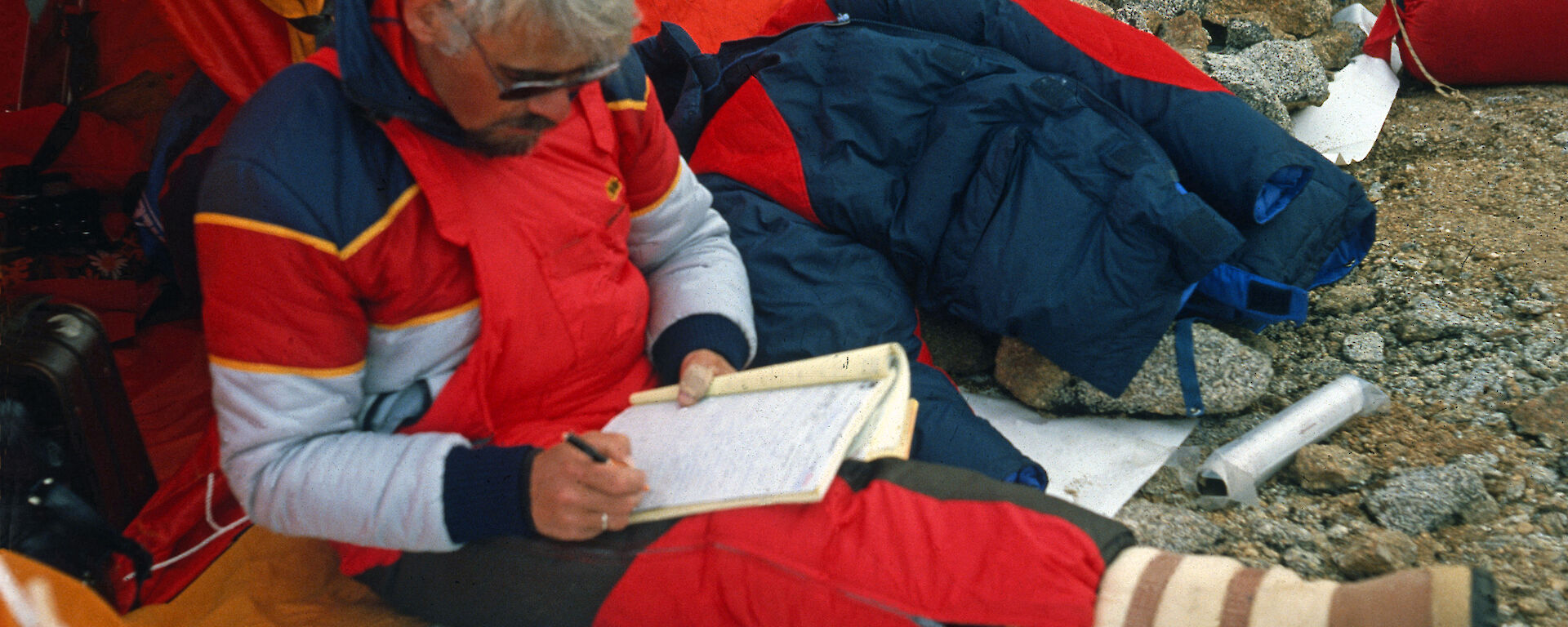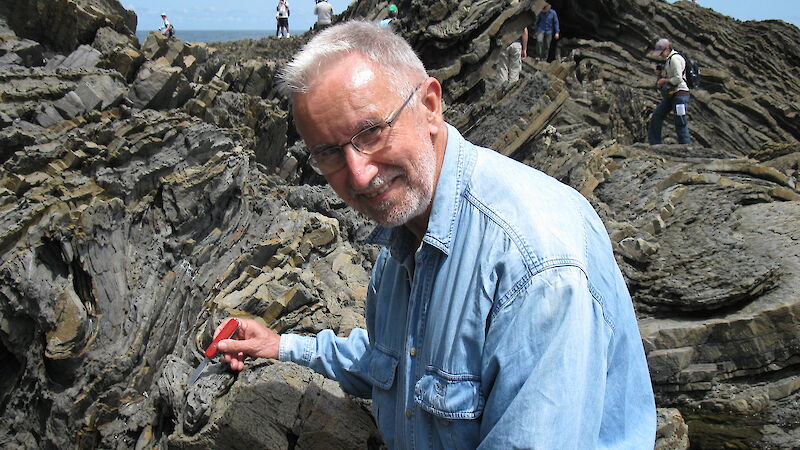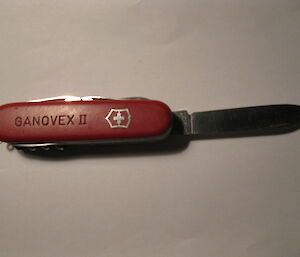In 1981, each member of the West German’s expedition to Northern Victoria Land, Antarctica, was issued with a Swiss Army knife. A feature engraved on the knife was the name of the expedition, Ganovex II — the second German Antarctic Northern Victoria Land Expedition. The 25 expedition members were drawn from the German Geological Survey (BGR — Bundesanstalt für Geowissenschaften und Rohstoffe) and different German universities, and included me — an Australian geologist — and a fellow exchange scientist, New Zealand geophysicist Tim Stern.
Unfortunately the expedition suffered several embarrassing setbacks, with its ice-strengthened research vessel, Gotland II, spending four frustrating weeks negotiating very thick pack ice on the voyage to Cape Adare. The first geological party, which included me and my new Swiss Army knife, was flown from the ship to Birthday Ridge in Yule Bay, to set up a field camp on 11 December. Subsequent inclement weather restricted flying conditions and at the same time the Gotland II began taking water, after being subjected to incredible pressure from moving pack ice. The ship was evacuated and eventually sank on the 18th December 1981. This meant an end to the expedition, as little food, aviation fuel, scientific equipment and personnel belongings could be rescued.
My pocket knife survived the sinking and was my constant companion in the field, until I lost it in December 1991 while conducting geological fieldwork somewhere in the southern region of the Vestfold Hills.
It was not until 2006 that a knife in near perfect condition, except for a seized blade that soon came free after cleaning, was found by a young Australian National University Research Fellow, Dan Zwartz, while setting up a permanent remote GPS installation on the Mule Peninsula, Vestfold Hills. Dan wondered who the original owner could have been, as the knife was engraved with ‘Ganovex II’ and ‘BGR Hannover am Südpol’.
It was only after Dan moved to the Antarctic Research Centre at Victoria University of Wellington that the origin of the knife fell into place. Tim Stern, now a Professor of Geophysics at the university, filled him in on the ill-fated Ganovex II expedition and its members. They soon realised there could only be one person who would have been the original owner. This was confirmed after Dan contacted Detlef Damaske of the BGR, another member of the ill-fated expedition, and Dan was able to return the knife to me at Monash University in December 2011.
The knife, which is still in pristine condition, will remain a cherished friend after experiencing such a chequered 30-year history. It certainly reflects the quality of the Swiss knife after constant use by two geologists and being exposed to 15 years of Antarctic weather conditions.
CHRIS WILSON
School of Geosciences, Monash University




